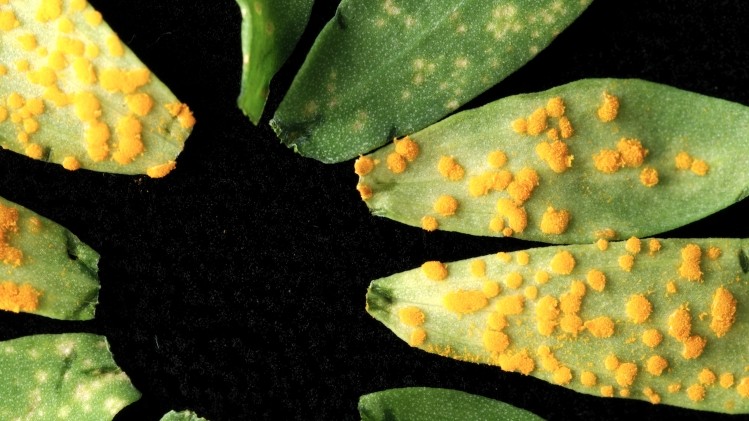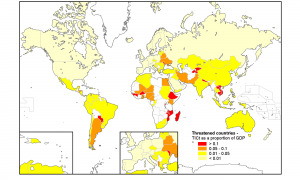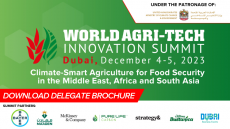China and America play leading role in spreading invasive species

The findings by Csiro, Australia’s government research organisation, were published in the journal Proceedings of the National Academy of Sciences.
Though the chances of an unwanted species entering Australia were relatively high, the overall threat to its agriculture is reduced due to the country’s robust approach to pest management, the researchers found.
The study examined the worldwide distribution of nearly 1,300 invasive pests and pathogens, international trade flows, and each country's main agricultural production crops.
The goal of this first analysis of its kind was to determine the potential costs of damage to crop production that these species might cause to 124 individual countries.
Senior researcher Dean Paini said the study found that the most vulnerable countries were located in sub-Saharan Africa.
"These countries generally do not have diverse economies making them disproportionately more dependent on agriculture," Dr Paini said.
"As a result any threat from invasive species can potentially have a greater relative impact on these countries."
The team also determined which countries present the greatest threat to the rest of the world given the scale of agricultural export and the invasive species already established.
The USA and China were found to pose the greatest threat, though this was not surprising given the high number of pests already present, the quantity of goods they export and their role as regional food hubs with an extensive network of trade partners.
Conversely, as the countries with the largest agricultural export industries, the USA and China could also experience the greatest absolute cost from further species invasions, Dr Paini’s team learnt.
Their ability to manage or mitigate the impact via means such as pest management, plant breeding, crop substitutions or imports, means that their agriculture industries are not as vulnerable as those of developing countries.
As trade volumes continue to increase and more connections are forged between countries, the pressures from invasive species will only intensify.
"This research provides insights that will enable the first steps towards the management of invasive species at the global scale," Dr Paini said.
"By identifying the countries and regions that are most vulnerable, governments can make informed decisions regarding the deployment of resources necessary to protect their borders and agriculture industries by limiting the further spread of invasive species."













